TYO Recommends: Friday, June 1, 2012
 From spending on early childhood education to re-questioning the power of questioning and global "skills currency" on the job market, this week TYO heads up thoughts on education reform and some unusual workplace pressures for women, particularly in male-dominated sectors.
Seen and heard. For the past several decades, a popular wave of conjecture in the West (backed by behavioral and developmental research) has centered on child learning through physical interaction, hence the abundance of “hands-on” museum displays and the Montessori method of pre and primary schooling. However, challenging the age-old adage that children should be “seen, not HEARD,” further research emphasizes the importance of conversation and more specifically, questions to a child’s development. As such verbal inquisitiveness is often criticized in children from certain socio-economic backgrounds, Harvard Professor Paul L. Harris examines the repercussions.
From spending on early childhood education to re-questioning the power of questioning and global "skills currency" on the job market, this week TYO heads up thoughts on education reform and some unusual workplace pressures for women, particularly in male-dominated sectors.
Seen and heard. For the past several decades, a popular wave of conjecture in the West (backed by behavioral and developmental research) has centered on child learning through physical interaction, hence the abundance of “hands-on” museum displays and the Montessori method of pre and primary schooling. However, challenging the age-old adage that children should be “seen, not HEARD,” further research emphasizes the importance of conversation and more specifically, questions to a child’s development. As such verbal inquisitiveness is often criticized in children from certain socio-economic backgrounds, Harvard Professor Paul L. Harris examines the repercussions.
Big bucks and better education. With pre-school and after-school programs already on the federal chopping block in America and a number of other school programming in danger of discontinuation, researchers look into the longer term consequences of such drastic slashing. In particular, the U.S.’s popular Head Start program is placed under the MICROSCOPE with the promising realization that despite the uncertain cognitive benefits of the program, “children who attended Head Start were more likely to graduate from high school and attend college than their siblings who did not,” among other tangible benefits. TYO’s Suhad examines similar institutional SUPPORT for child programming in Palestine.
Go, Granny, go, Granny, GO! What’s 50 years old with 36 grand babies and a mean grip on her gun? Zarifa Qazizadah, an Afghani GRANDMOTHER, mother of 15, village head, and leader of the local women’s council in Naw Abad, Balkh province. Flying down the road on her motorbike often in men’s clothes and a moustache, Qazizadah has brought her village a steady electricity supply, a new bridge over troubled water, and Naw Abad’s first mosque, a progressively designed mosque in which women and men pray together. A wife at 10 and mother at 15, Qazizadah learned early on the power of persuasion and a pair of sturdy breeches. Doubtless she would not disagree with this week’s all-call to women FEARED by religious men in the Huffington Post, including an empowering montage of 10 inspiring religious women.
More money, less problems. “Skills have become the global CURRENCY of the 21st century,” says Andreas Schleicher, deputy director for education at the OECD. “But this currency can depreciate if it isn’t used.” On World Education Blog this week, Schleicher cites three key policy areas to help developing countries rise out of the slump of low skills currency in cross-border skills migration, labor market retention, and skills-matching within job sectors. What remains is to determine if the MENA region, with some of the lowest provider RATES for early childhood education, will jump on board for some of the most cost effective strategies with the promise of high economic returns. And for those already
A Woman’s (Work) Worth. In some countries, particularly in an era of disturbingly high global UNEMPLOYMENT, women’s participation in the labor force has been criticized, if not threatened by those discomfited by the thought that women at work could mean less jobs for men. However, the World Bank recently commented on the potential rippling benefits of the female labor force in raising the demand for jobs elsewhere in the economy. Why? “A working woman may have to send her children to daycare and after school classes or camps, hire cleaning help, buy more ready-made goods and depend on specialized services from the market,” increasing demand for these goods on the market.
And as if the smack of unemployment hasn’t already been heard around the world, the World Bank provides a short video on how job creation leads to economic and social prosperity.
[youtube fV1JuRn4Mqc 585]
A Woman by Any Other Name. In the Economist’s art, books, and culture section aptly entitled Prospero, a startling discovery: in art, “DEPICTIONS of women often command the highest prices, whereas works by them do not.” To back this claim, the author references a recent Christie’s auction in New York of post-war and contemporary evening art where a record $388 million was made, less than 5% attributable to the sale of works by the eight features women artists presented in a five-to-one artist ratio with their male peers. But is this norm recalibrating? Some in the art world would like to think women are just now getting a taste of the rising success for women artists to come.
